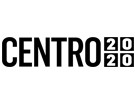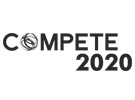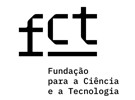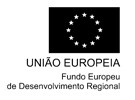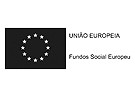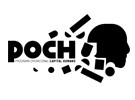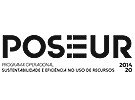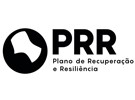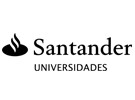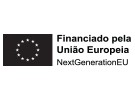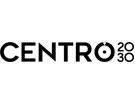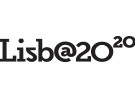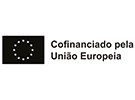



Publication in the Diário da República: Despacho n.º 2435/2023 de 17/02/2023
6 ECTS; 2º Ano, 2º Semestre, 30,0 PL + 30,0 TP + 5,0 OT , Cód. 964573.
Lecturer
- Alexandre José de Magalhães Figueiredo (1)
(1) Docente Responsável
(2) Docente que lecciona
Prerequisites
NA
Objectives
At the end of the semester, the student should be able to understand and independently execute the photographic printing processes covered; Know how to distinguish characteristics and potential of the execution of different printing processes; Know how to analyze the constituents of the supports and reagents of photosensitive solutions; Understand and interpret variables adjacent to processes such as: contrast, density, veil, reproduction of details; Raise awareness for the sustainable use of printing techniques, minimizing environmental impact. Develop an artistic project and present it to the class at the time of its exhibition.
Program
Part 1 - Careful production of large format matrices digitally and manipulation in editing software.
Part 2 Charcoal printing. Skills to be acquired: production of photographic emulsion based on colloid and pigment. Production of multiple tests from the same matrix. Control viscosity by manipulating restricting agents according to the desired contrast. Mastery of the technique of transferring the image from the temporary support to the definitive support.
Part 3 - Platinotype printing process. Skills to be acquired: the student will produce large-format monochromatic digital matrices and carefully produce prints on media appropriately produced for this purpose, analyzing the subtlety of the tonal reproduction of the noble metals in this process.
Part 4 - Wet collodion process. Skills to be acquired: the student will produce salting and sensitization solutions. Understand the specific differences between the use of glass and aluminum support. Understand the concept of physical and chemical revelation. Finally, you will proceed to varnish and finish the positive image produced. You will be advised on issues of preserving the unique evidence produced.
Part 5 - Produce an individual or group artistic project with the aim of reflecting on the theme launched. The student must produce a guiding synopsis and consequently produce a body of work of technical and aesthetic importance that will be the subject of a public exhibition on the last day of contact with the UC.
Evaluation Methodology
The assessment is continuous and consists of:
Attendance, Participation, Attendance - 10%
3 practical exercises - 50%
1 artistic project - 40%
To pass in the Normal Period, the student must obtain a grade of 9.5/20 points, a value based on the weighted arithmetic average of the evaluation elements described above. To be eligible for assessment, the student must have submitted all practical exercises with a minimum grade of 8/20; have completed and presented the research work with a minimum grade of 8/20.
Students with a final grade of less than 8/20 are excluded from subsequent assessment periods. Students with a final grade of over 8/20 will be able to take advantage of subsequent assessment periods to pass or improve. Approval or improvement only applies to one theoretical assessment element - written and orally presented research work.
The same methodology is applied to subsequent Assessment Periods.
Bibliography
- Anderson, C. (2019). Cyanotype: The Blueprint in Contemporary Practice (Contemporary Practices in Alternative Process Photography). London: Focal Press
- Fabbri, M. (2011). Anthotypes: Explore the darkroom in your garden and make photographs using plants. Stockholm: Malin Fabbri
- Nadeau, L. (1986). Modern Carbon Printing. London: LNR
- Stulik, D. e Kaplan, A. (2013). The Atlas of Analytical Signatures of Photographic Processes - Collotype. Los Angeles: The Getty Conservation Institute
Teaching Method
Expository, theoretical-practical and practical-laboratory classes. After contextualizing the proposed photographic printing processes, practical experimentation will follow.
Software used in class
Adobe Photoshop
Silverfast
Charthrob

